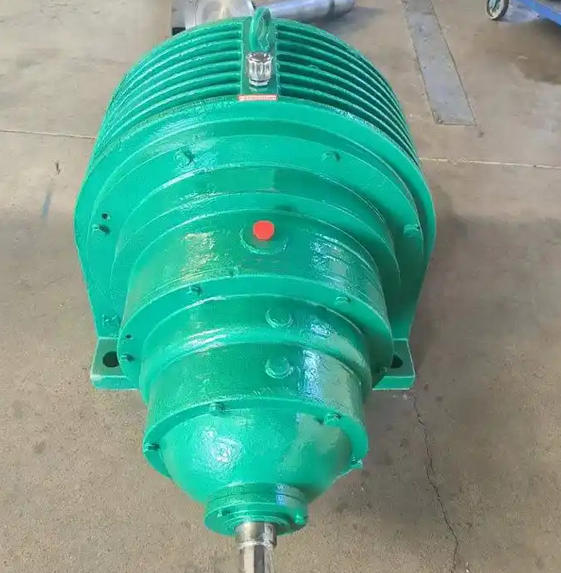How to prevent faults in NGW-S93-56 planetary gear reducer
To prevent the failure of NGW-S93-56 planetary gear reducer, it is necessary to start from multiple aspects such as correct selection, installation, use, and daily maintenance. The specific measures are as follows:
Correct selection and installation
Reasonable selection: Based on the actual load torque, speed, and working environment requirements, select the appropriate specifications of NGW-S93-56 planetary gear reducer to ensure that its rated power and torque can meet the working requirements and avoid long-term overload operation.

Correct installation: Strictly follow the manufacturer's installation guide to ensure that the axis of the reducer is aligned with the drive equipment and load equipment, and the installation accuracy meets the requirements. During the installation process, avoid collisions and damage to the gearbox, and ensure that all connecting parts are securely fastened.
Reasonable use and operation
Avoid overload operation: strictly follow the rated load and speed range of the reducer, do not increase the load or speed arbitrarily, and prevent premature wear or damage of components such as gears and bearings due to overload.
Smooth start stop: Try to avoid frequent start stop of equipment, as each start stop will subject the internal components of the gearbox to impact loads, accelerating the fatigue process of the components. If frequent start stop is required, appropriate buffering measures should be taken, such as installing a soft starter.
Strengthen daily maintenance and inspection
Regular lubrication: Use the manufacturer's recommended lubricating oil and regularly check the oil level, quality, and viscosity of the lubricating oil. Replace lubricating oil according to the prescribed cycle, maintain the cleanliness and smoothness of the lubrication system, and ensure that components such as gears and bearings receive good lubrication.
Temperature monitoring: Regularly monitor the operating temperature of the gearbox, which can be measured through a thermometer or temperature sensor. If an abnormal increase in temperature is found, the machine should be stopped for inspection in a timely manner, the cause should be identified and the fault should be eliminated to avoid a decrease in lubricating oil performance and component damage caused by high temperature.
Vibration and noise detection: During daily inspections, pay attention to listening to the sound of the gearbox during operation, and use auditory perception to determine if there are any abnormal noises, such as metal friction sounds, impact sounds, etc. At the same time, vibration measuring instruments can be used to detect the vibration of the gearbox. If the vibration amplitude exceeds the normal range, the cause should be analyzed in a timely manner and measures should be taken.
Sealing inspection: Regularly inspect the sealing parts of the gearbox, such as the joint surface of the box and the shaft extension, to see if there is any oil leakage. If oil leakage is found, the sealing components should be replaced in a timely manner to prevent poor lubrication and equipment damage caused by lubricating oil leakage.
Establish maintenance records and training system
Record maintenance history: Establish detailed records of gearbox maintenance, including maintenance time, maintenance content, replaced parts, and other information. By analyzing maintenance records, potential problems and fault patterns of equipment can be identified in a timely manner, providing reference for subsequent maintenance and improvement.

